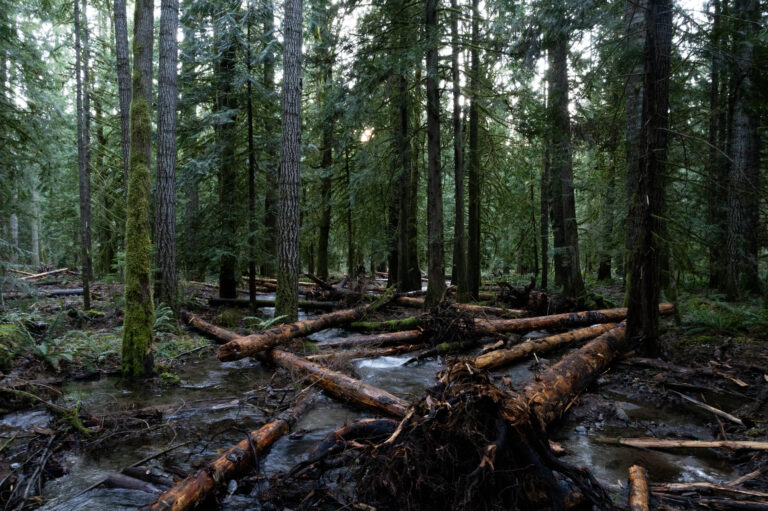Conservation guidebook
CONSERVATION GUIDEBOOK FOR THE SOUTHERN WASHINGTON CASCADES: A PLAN TO CONSERVE HABITATS AND BUILD CLIMATE RESILIENCE
In this guidebook, we identify conservation and restoration strategies to help build resilience for species and habitats of the southern Washington Cascades. Working from a backdrop of habitat degradations and current and future climate impacts, we analyze projected ecological responses, potential policy opportunities, and restoration methodologies to enhance resilience for the region. This guidebook offers a blueprint for conservation and restoration action that non-governmental organizations, land managers, community members, and other interested stakeholders can use when considering next steps for building ecosystem health and resilience. Many of these strategies are replicable and can be used by other groups and applied in other forest landscapes. In addition, the strategies outlined within will inform parts of Cascade Forest Conservancy’s strategic plan.
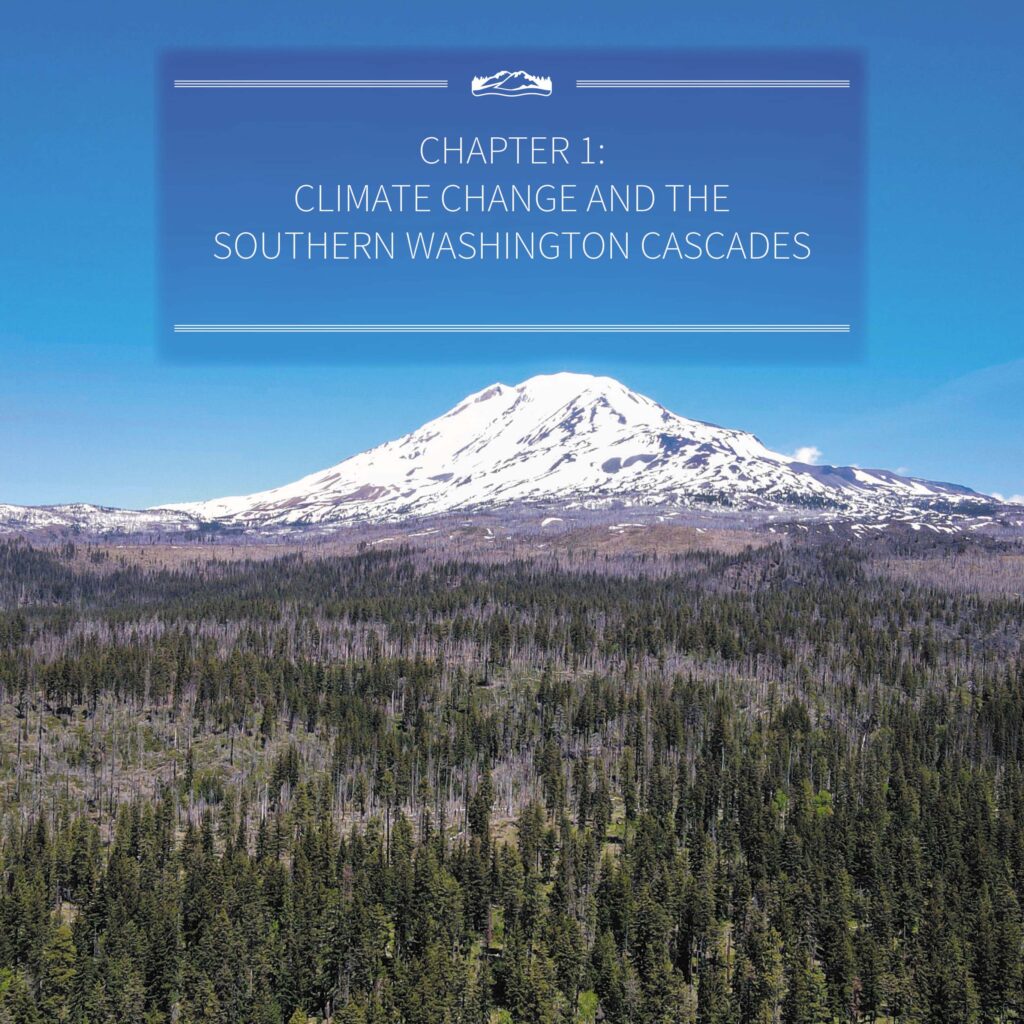
CHAPTER 1: CLIMATE CHANGE AND THE SOUTHERN WASHINGTON CASCADES
We begin by describing the characteristics of the southern Washington Cascades region and discussing what recent climate projections may mean for ecosystems and wildlife in our region. This short chapter aims to set the scene for the conservation and restoration strategies that are the focus of this guidebook.
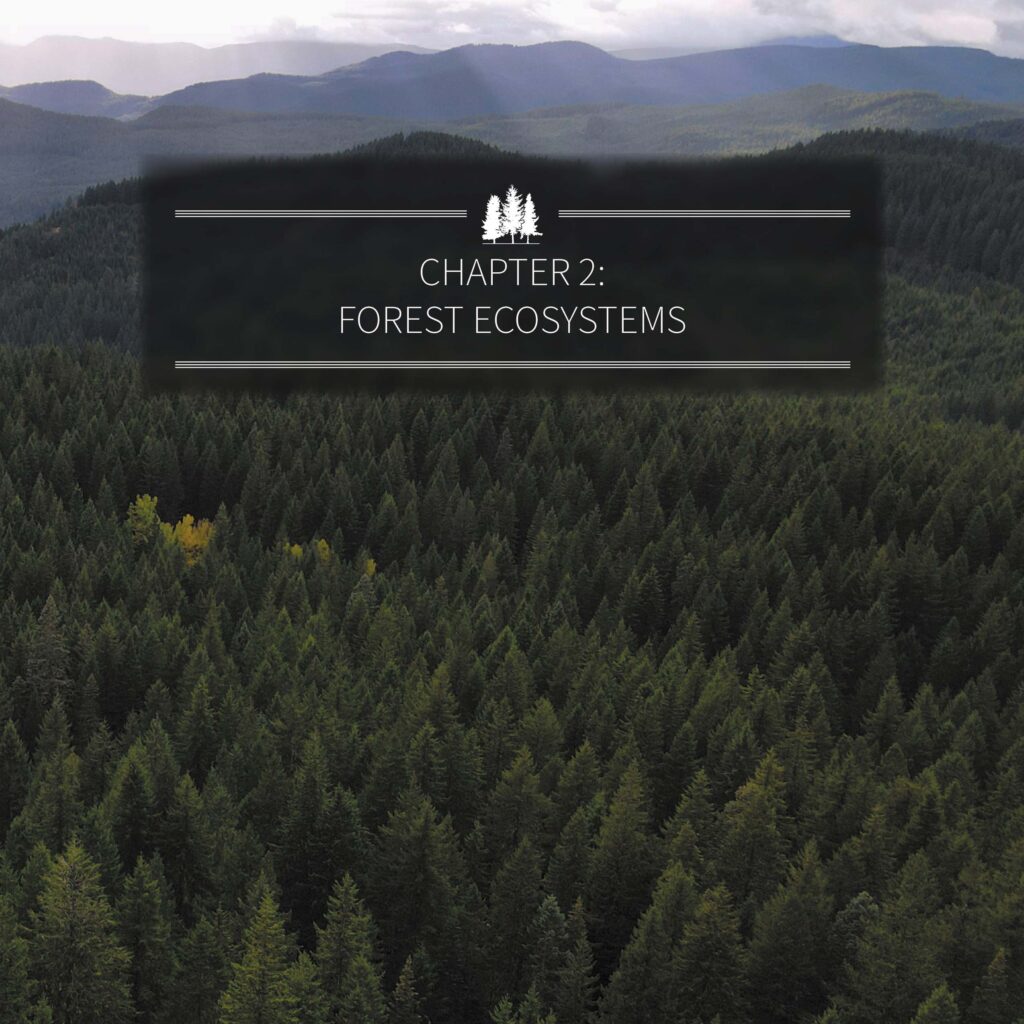
CHAPTER 2: FOREST ECOSYSTEMS
In this chapter, we explore conservation and restoration priorities for forest ecosystems. We focus on land protection for certain forests on state lands, policy levers for the management of federal lands, and a variety of restoration strategies that can be implemented region-wide.
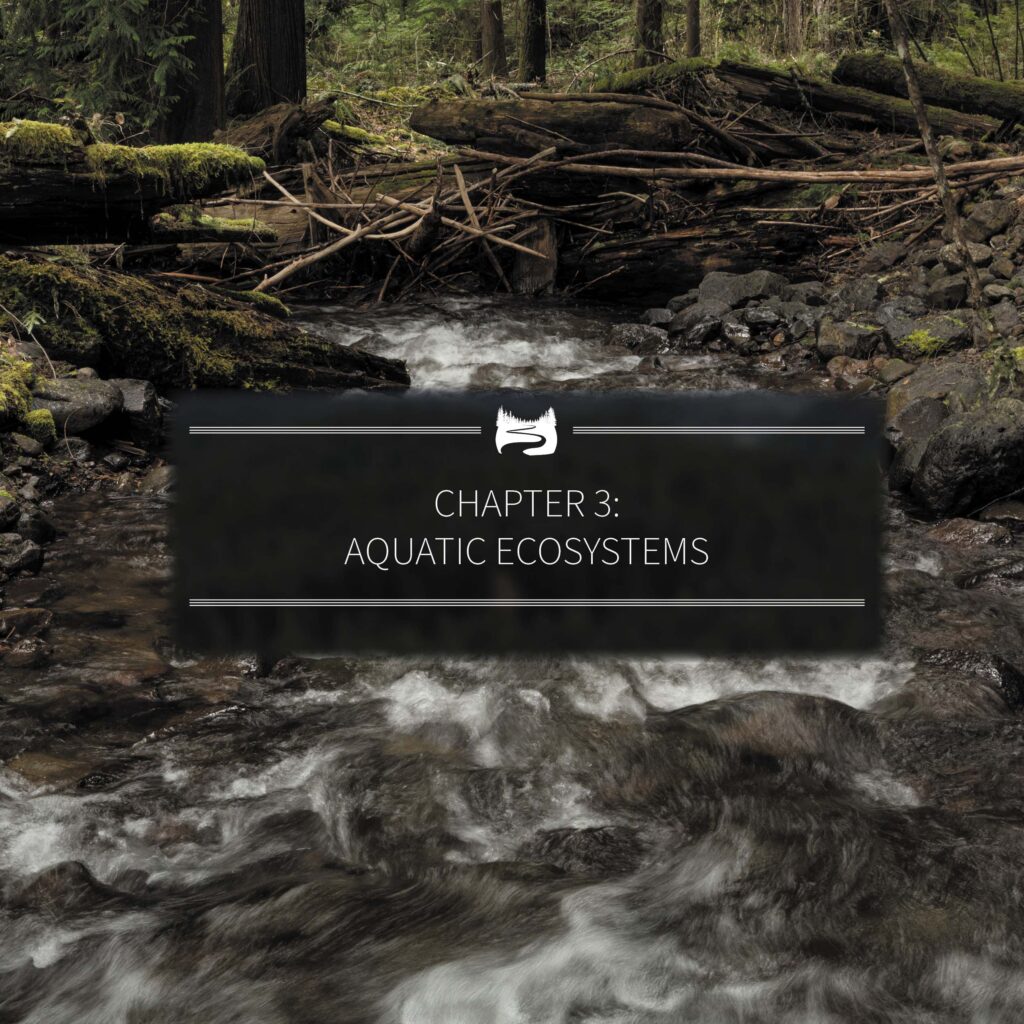
CHAPTER 3: AQUATIC ECOSYSTEMS
In this chapter, we explore conservation and restoration opportunities for the creeks, rivers, and riparian ecosystems. We outline policy mechanisms, such as the Wild and Scenic Rivers program and Outstanding Resource Waters designation, and we outline strategies to build resilience for fish, amphibians, and the waterways through on-the-ground restoration and other land management strategies.
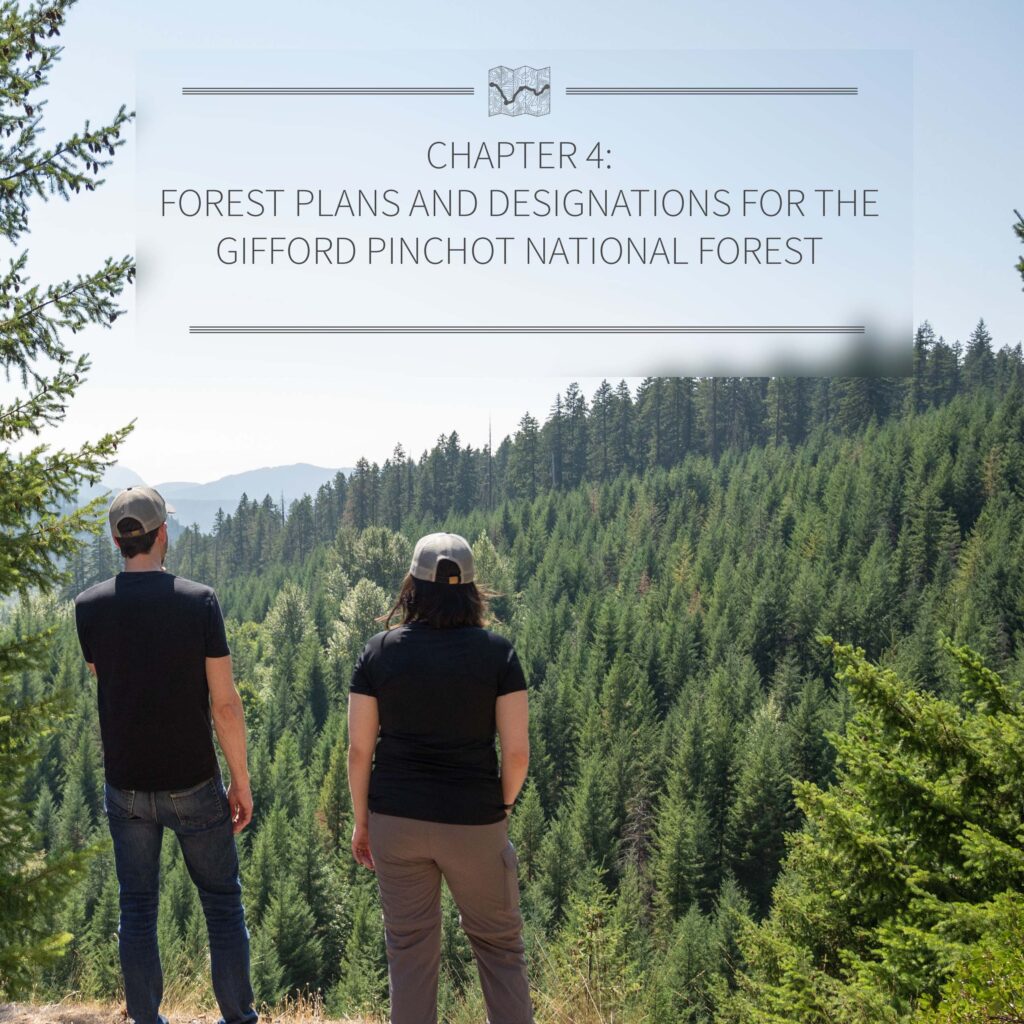
CHAPTER 4: FOREST PLANS AND DESIGNATIONS FOR THE GIFFORD PINCHOT NATIONAL FOREST
In this chapter, we outline strategies to enhance ecosystem resilience through Forest Plan revisions and amendments. These detailed recommendations include strategies such as Special Area designation, Management Area designation, and other local and regional levers to advance important land protections.
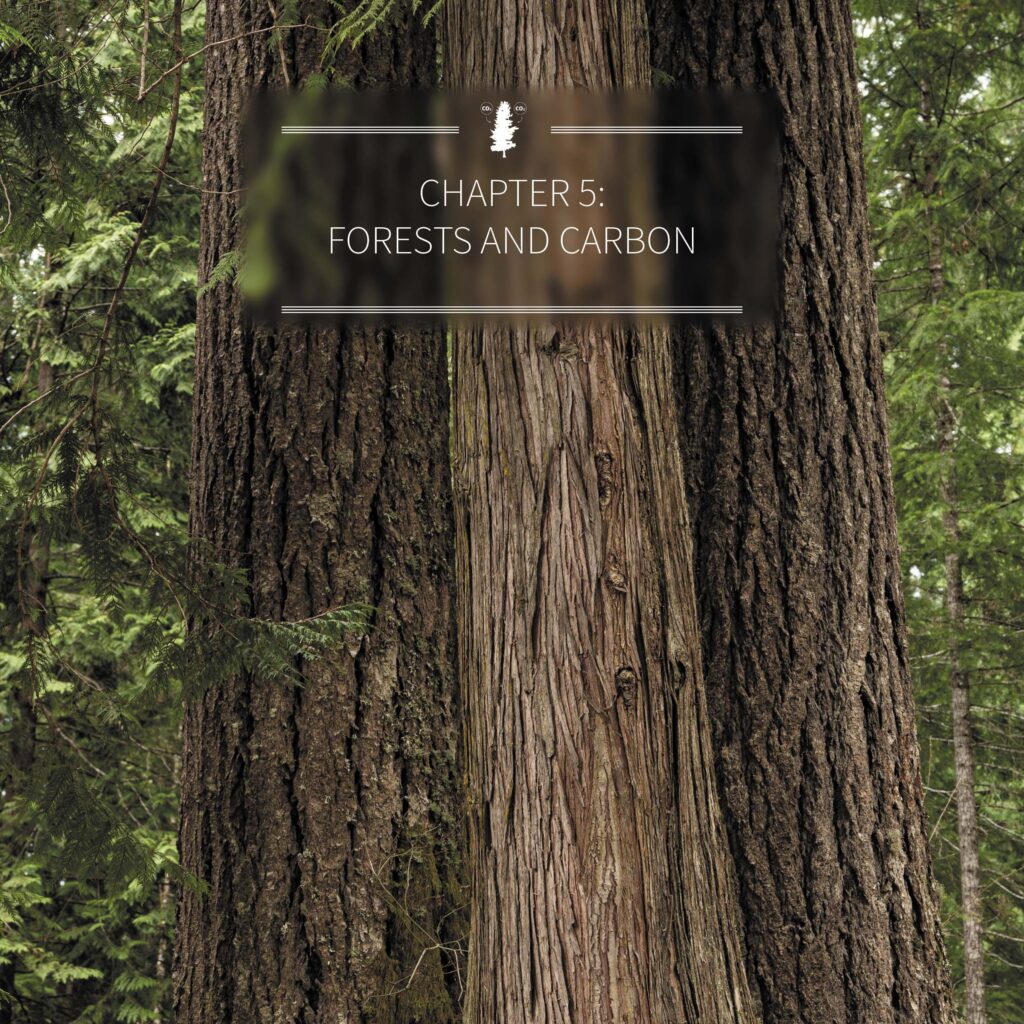
CHAPTER 5: FOREST AND CARBON
In this chapter, we navigate the interplay between forests and carbon and how strategic management of forests can enhance both habitat resilience and carbon storage.
SPEAK UP FOR A SUSTAINABLE FUTURE
Since 1985, Cascade Forest Conservancy has been your voice speaking for the areas in and around the Gifford Pinchot National Forest in southwest Washington. Join the 12,000 other members who support Cascade Forest Conservancy and are making a difference now.
News & Updates
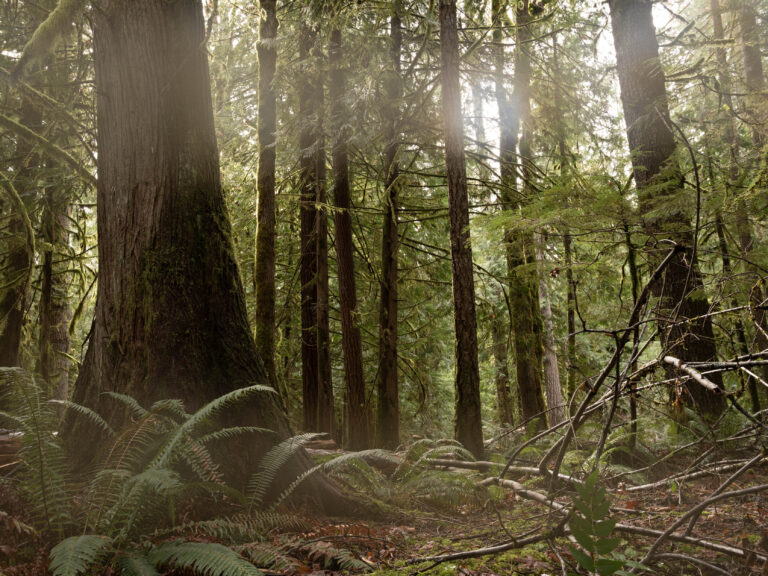
READ OUR OFFICIAL COMMENTS ABOUT THE NORTHWEST FOREST PLAN AMENDMENT
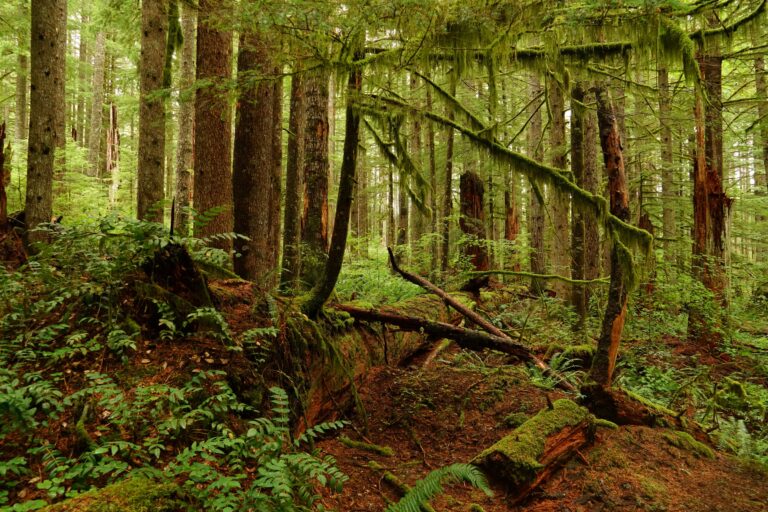
ACTION ALERT: STOP THE DABBLER TIMBER SALE
